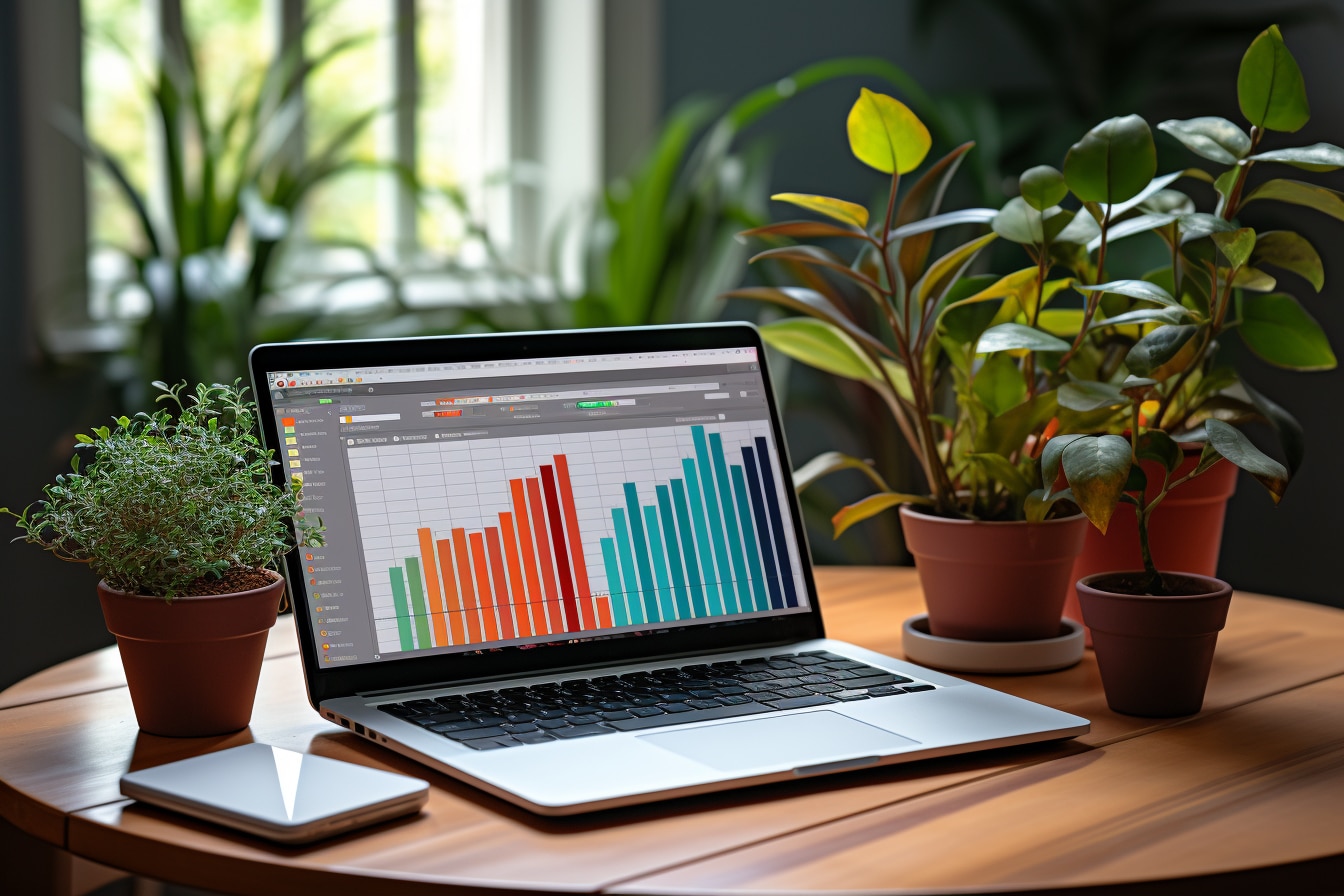If you’ve ever searched for images to illustrate your texts, sites or blogs, you’ve undoubtedly already seen the mention “royalty-free”. This refers to a service offered by professionals, such as image banks, and corresponds to royalty-free content (which can also include music, texts, videos, drawings, photographs…). But all this is not without its constraints. It is therefore essential to know how to use this content to avoid making mistakes.
Specifics of royalty-free images

The term “royalty-free” refers to authorization to use an image under certain conditions. Indeed, even if they are royalty-free, we can’t use these images as we please and do whatever we want with them. These restrictions may concern the use of images, but also their distribution or modification (enhancement, derivative work…).
It’s important to know that even when you’re free to use an image, it’s imperative to mention its author. For each image, there are also specific conditions of use. These are set out in specific licenses (or copyleft), which you should take into account. These simply refer to what may or may not be done with the image in question.
When an author places his or her creation under a royalty-free license, he or she authorizes its use free of charge (or not, in which case you only pay once, whatever the duration of use) under certain conditions. It’s important to know that there are different types of royalty-free license. It is possible to use works under CC or Creative Common licenses. Here again, the CC license (the most widespread) can have different obligations. It is thus possible to use an image in a non-commercial or commercial way, to have or not the right to modify it, or to keep the same license after modification.
The basics of using royalty-free images
The first thing you need to know for optimal use of this type of image is that it’s imperative to respect copyright, but also image rights. If the author is not mentioned, you are considered to have committed plagiarism, which is punishable by law.
In the case of a GNU-licensed image, you can do whatever you like with it (use and modification), but this doesn’t mean it’s free. French rules on image use are strict. If you want to use images with far fewer constraints, you can visit European sites that offer free images with no specific constraints.
How to use a royalty-free image
The first thing to check is the cost of the image. Next, you’ll need to check the conditions granted by the chosen image license.
If you want to use the image for commercial purposes, again you’ll need to check the type of license. Commercial use may be fully authorized. Alternatively, the content may be unlicensed and therefore used for commercial purposes. Alternatively, the content may be restricted to editorial use. 
In the first case, this means that you have obtained authorization to use the image for commercial purposes. In the second case, if the people, buildings or animals are not identifiable, you won’t need to request any further authorization. Otherwise, you will need to obtain permission to use the image. In the third case, these images cannot be used for commercial purposes.
If you want to use an image to illustrate a blog post, it’s important to know that royalty-free is by no means synonymous with free and unrestricted. Would you like to download an image of a sports car? Does it come with a royalty-free license? Fine, but is its use on your blog authorized by the car’s brand? Under French law, this is essential. As you can see, using an image, even a royalty-free one, imposes certain rules that you must not ignore if you don’t want to get into trouble (legal proceedings).
What about images created using Artificial Intelligence?
As we hear more and more about AI, the question arises as to the license under which it can be exploited. Generally speaking, in France, the image created by AI is copyrighted by the person who created the software enabling it to be created. There may also be exceptions. In this case, the creation of the image is attributed to the client. You are then free to use the image as you see fit. Depending on the platform, copyright is automatically transferred to the person who generated the image. So don’t hesitate to ask before using the image!




